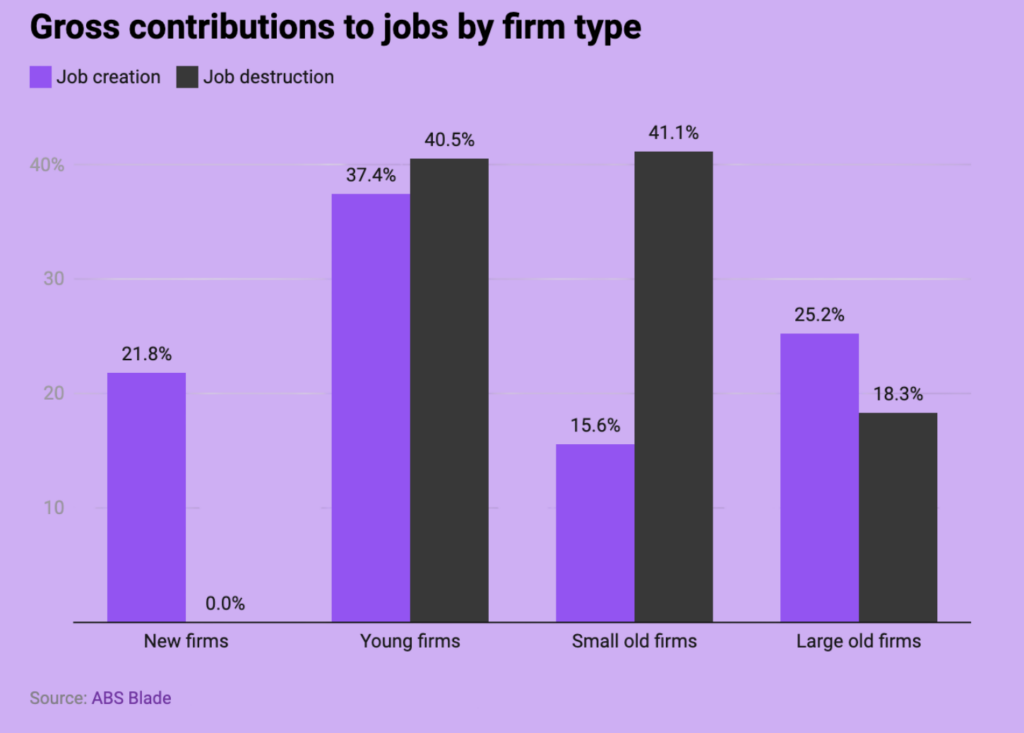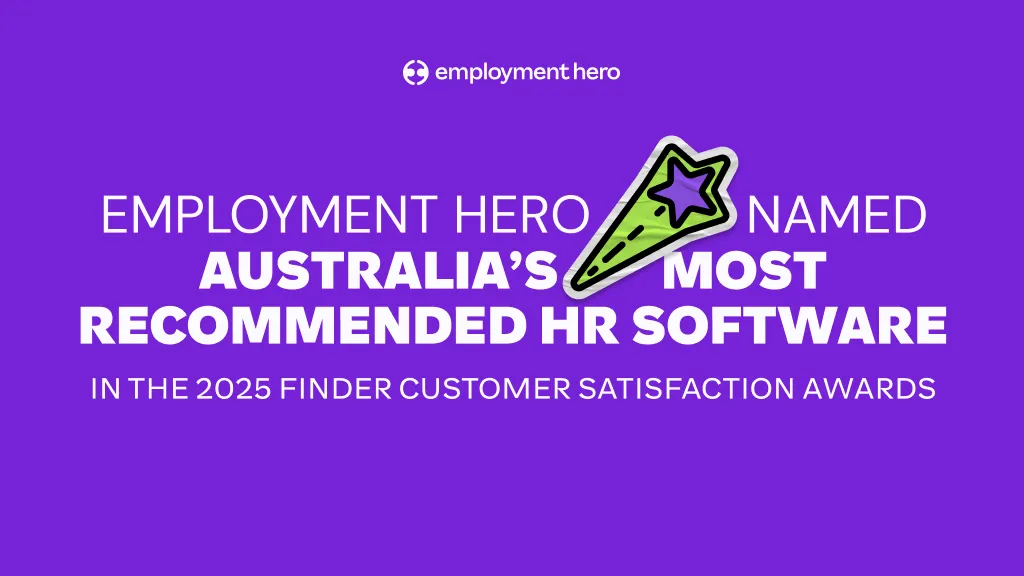New research from the e61 Institute, using data from millions of Australian companies, shows that over half of new jobs come from firms in their first five years of life.
Australia is a nation of small businesses, some 2.6 million of them. They employ over 5 million people, accounting for around 42 per cent of the private sector workforce, and make up a mighty 97 per cent of all businesses in the entire country.
The government categorises small businesses as those with between 0-19 employees of any tenure. They are the ‘engine room’ of our economy, and the Govt tries to keep that engine tuned with tax breaks and grants. However, fresh research suggests we might have been keeping an eye on the wrong piston.
By analysing the data on millions of individual companies, the not-for-profit e61 Institute discovered that a business’s age has a much bigger impact on its economic punch than its size. Using de-identified data from the Australian Bureau of Statistics’ massive BLADE database, they found a dynamic, chaotic, and incredibly powerful ecosystem of creation and renewal, overwhelmingly driven by the new kids on the block.
The New Rules of Job Creation
According to the original analysis published in The Conversation, the key distinction for economic contribution isn’t size, it’s age. The numbers from the 2024-25 financial year are particularly telling.
- The 59 per cent rule: Young firms (those five years old or less) are responsible for a staggering 59 per cent of all new job creation in Australia. Small, established companies make up only 16 per cent.
- Net growth vs. decline: Young businesses contribute a net six percentage points to overall annual headcount growth. In contrast, small, old firms reduce it by 4.5 percentage points due to stagnation, shrinkage, and closures.
- The productivity gap: The most successful young firms that survive to age five are over 40 per cent more productive and employ twice as many workers as the average firm of the same age.
This exciting new reading of ABS data tells the story of distinct business pathways in an economy that is constantly renewing itself.

Lifestyle SMEs vs. High-Growth Gazelles
In the last year alone, an incredible 430,000 new ventures fired up, a record-breaking stretch for business creation that works out to an average of more than 5,700 new small businesses opening their doors every week.
The vast majority of these new businesses fall into the “Lifestyle SME” category, the typical new business in Australia. These are the independent local cafes or the solo IT consultant building a roster of loyal clients. In its first year, this kind of business employs around two people and tends to stop growing relatively quickly, with the average firm plateauing after just two years.
Their goal isn’t world domination; it’s to do great work, build a sustainable career, and create a small number of stable, high-quality jobs.
Then, within that huge number of new ventures, you have the rare but powerful “gazelle.” This is the logistics software startup hiring engineers as fast as it can or the innovative e-commerce brand disrupting a major retail category.
While a much smaller group, their impact is immense. By the time they reach five years of age, these firms are over 40 per cent more productive and employ twice the number of workers as their average counterparts.
Both these business types are vital. Our economic narrative needs to celebrate both the stable foundation built by the local cafe and the explosive growth driven by the tech startup.
How small businesses thrive on “Creative Destruction”
The data also reveals a furious pace of change in that young firms don’t just create the most jobs, they also account for a huge amount of job destruction. This isn’t a sign of failure but of a healthy, dynamic economy. It’s the “creative destruction” dance in action, new ideas replace old ones, and resources (including people) move to more productive places.
The research shows that firms that eventually close down are, on average, 20 per cent less productive than their peers five years before they shut their doors. An economy that makes it easy for these businesses to wind down gracefully is one that quickly reallocates that talent to the next generation of innovators. It’s not about celebrating closures, but about enabling a swift and smooth transition for everyone involved.


























